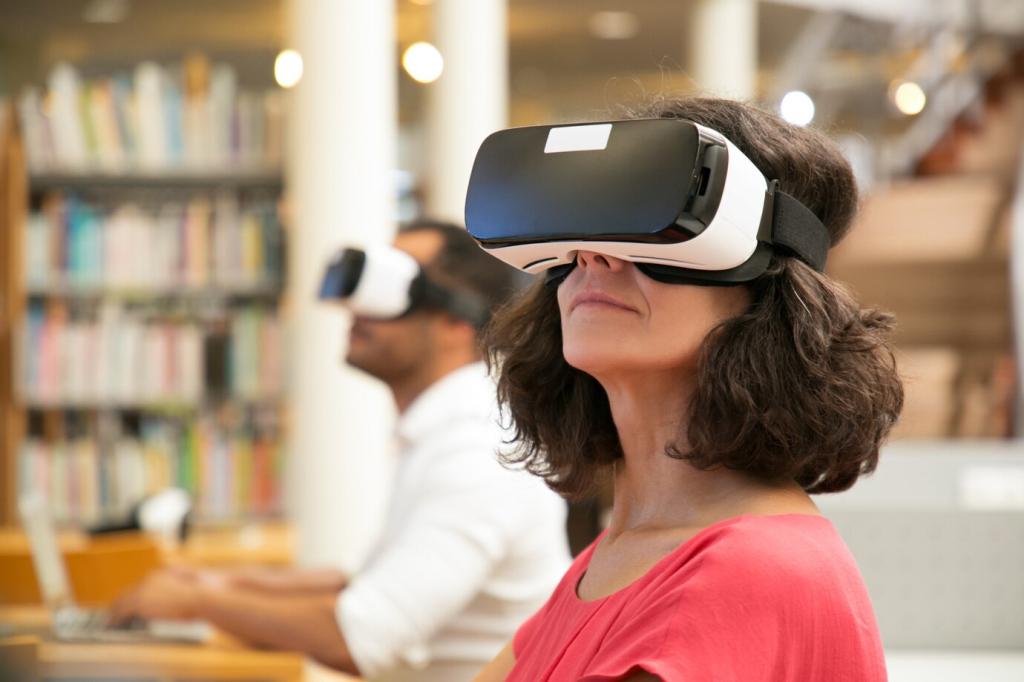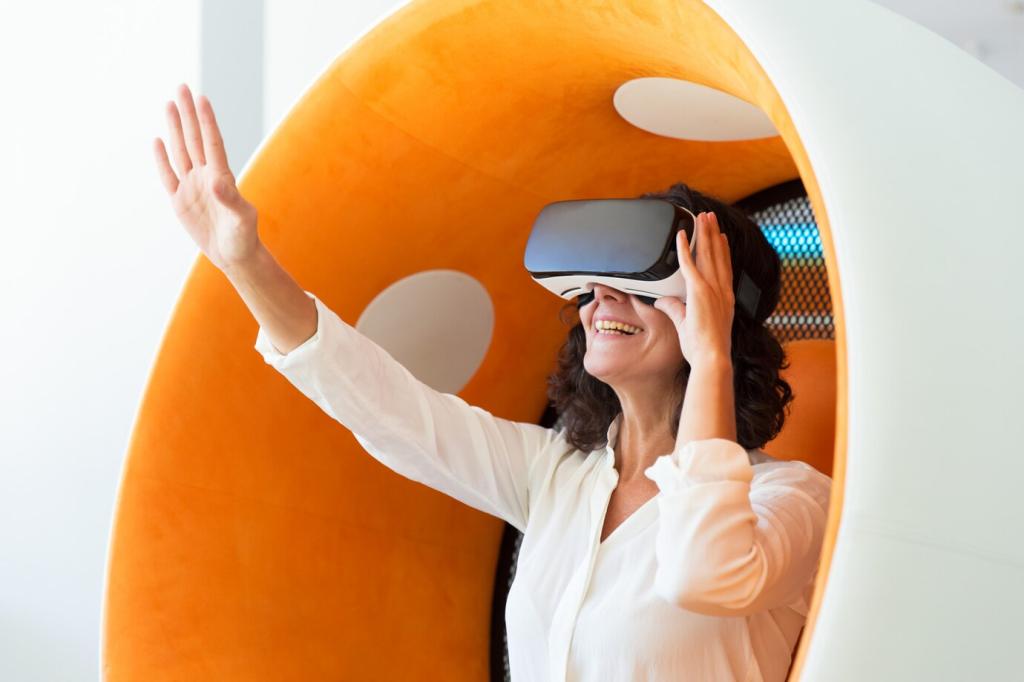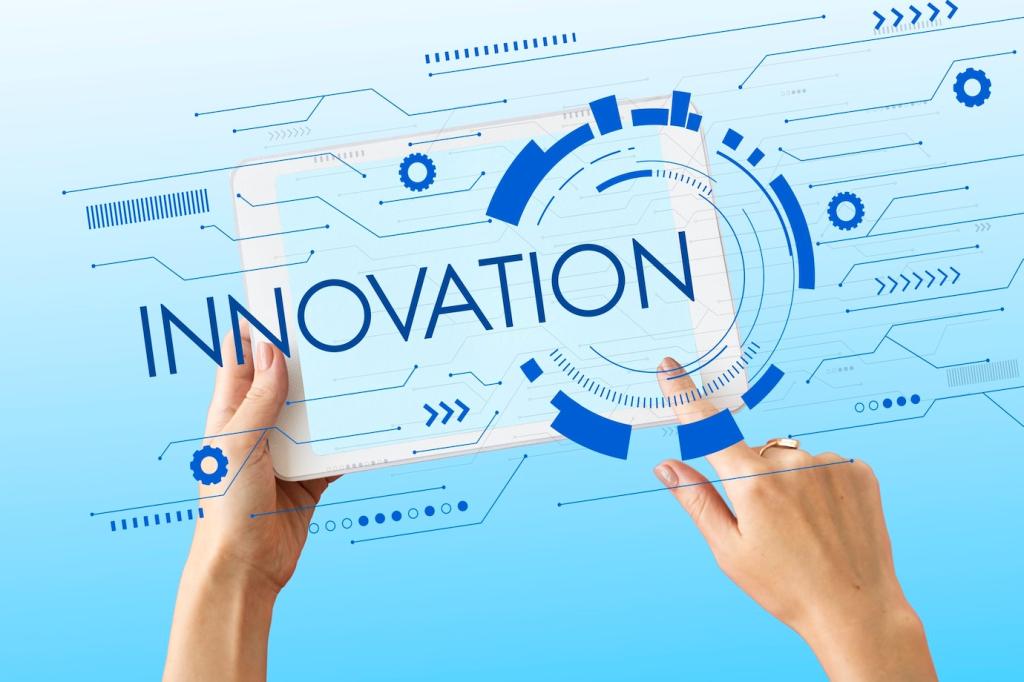Inclusive by Default: Accessibility as an Innovation Engine
High-contrast palettes benefit outdoor use, larger touch targets reduce errors on the move, and captions help in noisy spaces. These are not trade-offs; they are multipliers. Audit one flow with a screen reader today, and note how clarity for assistive tech clarifies the entire interface substantively.
Inclusive by Default: Accessibility as an Innovation Engine
Consider shaky hands, glare, or low bandwidth. Stress sketches force clarity in labels, hierarchy, and error recovery. When it works in tough conditions, it shines everywhere. Invite users to share their toughest conditions, then prioritize fixes that serve both edge cases and everyday contexts efficiently and empathetically.
Inclusive by Default: Accessibility as an Innovation Engine
Beyond translation, respect idioms, reading patterns, holidays, and color meanings. Test date, time, and currency formats early. Offer tone options where formal address matters. Ask global readers to comment with localization pitfalls they have seen, so we can compile real examples and patterns that prevent misunderstandings.
Inclusive by Default: Accessibility as an Innovation Engine
Lorem ipsum dolor sit amet, consectetur adipiscing elit. Ut elit tellus, luctus nec ullamcorper mattis, pulvinar dapibus leo.









